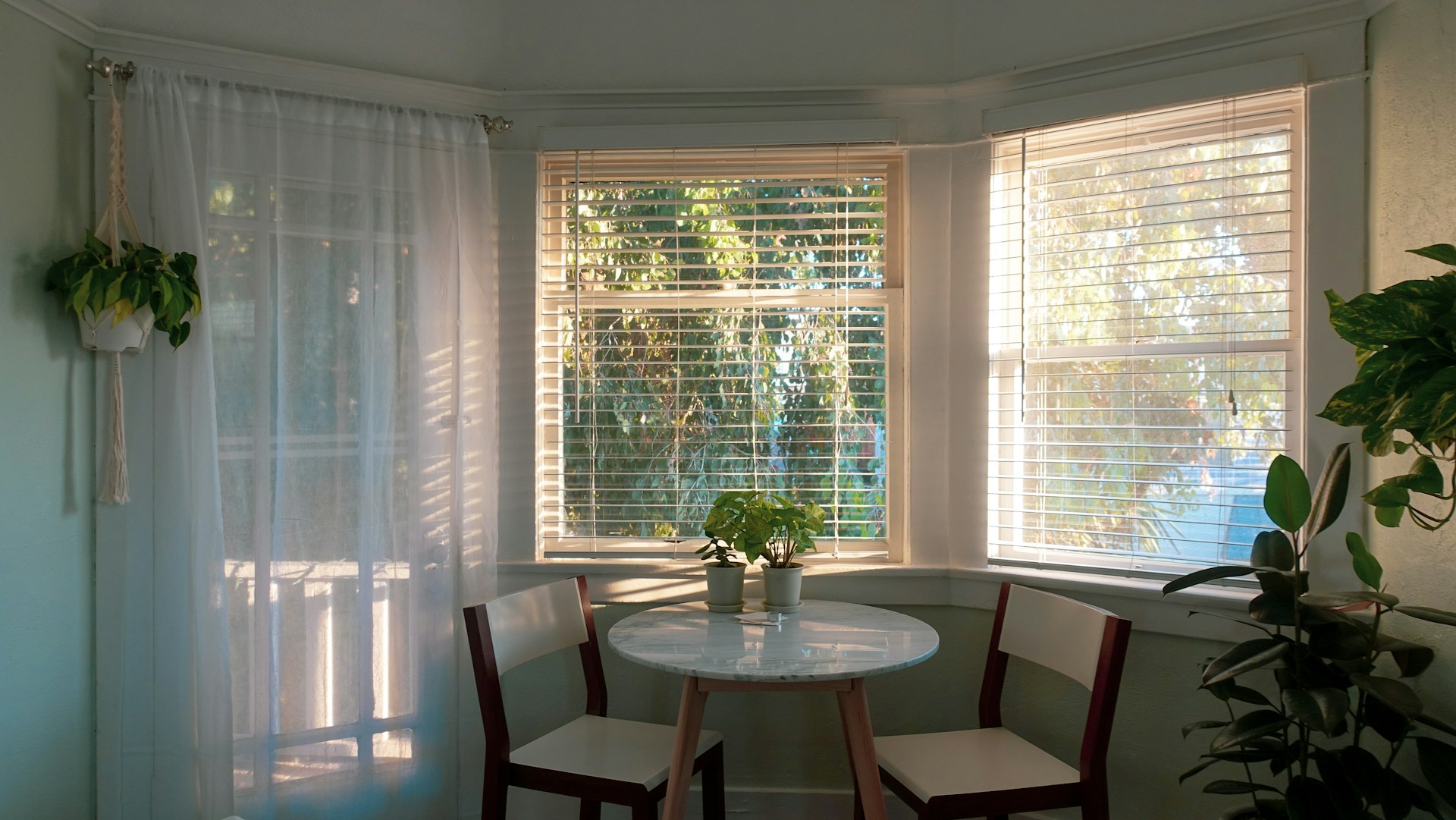When managing natural light and maintaining privacy in your home, sunscreen blinds are an excellent solution. These innovative window treatments offer the perfect balance between allowing natural light to filter through while blocking harmful UV rays and maintaining privacy. If you’re considering sunscreen blinds for your home, choosing the right type to suit your specific needs is essential. In this guide, we’ll explore the benefits of sunscreen blinds, the different types available, and how to select the perfect ones for your home.
Understanding the Benefits of Sunscreen Blinds
Sunscreen blinds provide numerous advantages that make them a popular choice for homeowners. Here are some key benefits:
1. UV Protection
One of the primary benefits of sunscreen blinds is their ability to block harmful UV rays. These rays can cause significant damage to your furniture, flooring, and other interior elements. Sunscreen blinds help protect your home’s interior from fading and deterioration by filtering out a substantial amount of UV radiation.
2. Glare Reduction
Sunscreen blinds are highly effective in reducing glare from the sun. This is particularly beneficial in rooms with screens, such as living rooms with televisions or home offices with computer monitors. By minimizing glare, these blinds enhance comfort and productivity.
3. Energy Efficiency
By controlling the heat that enters your home, sunscreen blinds can improve your home’s energy efficiency. During the summer, they help keep your home cooler by reducing solar heat gain, which can lead to lower air conditioning costs. In winter, they provide insulation that helps retain heat.
4. Privacy Without Compromising Light
Unlike traditional blackout blinds, sunscreen blinds allow you to maintain privacy without completely blocking natural light. This makes them ideal for living areas where you want to enjoy daylight while preventing outsiders from seeing inside.
Types of Sunscreen Blinds
Several types of sunscreen blinds are available, each with its own features and benefits. Here are some popular options to consider:
1. Roller Sunscreen Blinds
Roller sunscreen blinds are a versatile and practical choice. They consist of a single piece of fabric that can be rolled up or down to adjust the level of light and privacy. Available in various transparency levels, these blinds can be customized to suit different rooms and lighting preferences.
2. Vertical Sunscreen Blinds
Vertical sunscreen blinds are ideal for large windows and sliding glass doors. They consist of vertical slats that can be tilted to control light and privacy. These blinds are easy to operate and can be made from various materials, including fabric and PVC.
3. Motorized Sunscreen Blinds
Motorized sunscreen blinds are an excellent option for added convenience and a modern touch. These blinds can be controlled remotely, allowing you to adjust them with the touch of a button. Motorized blinds are perfect for hard-to-reach windows or those who prefer a high-tech home.
4. Dual Sunscreen Blinds
Dual sunscreen blinds offer the best of both worlds by combining two layers of fabric – one sheer and one blackout. This design allows you to switch between complete privacy and light control. Dual blinds are highly versatile and can be adjusted to meet changing lighting conditions throughout the day.
Choosing the Right Sunscreen Blinds
Selecting the right sunscreen blinds for your home involves considering several factors. Here are some tips to help you make the best choice:
1. Assess Your Needs
Start by assessing each room’s specific needs. For example, a home office might require blinds with excellent glare reduction, while a living room may benefit from blinds that offer both privacy and natural light.
2. Consider the Transparency Level
Sunscreen blinds come in various transparency levels, typically measured as a percentage. Lower percentages (e.g., 1-3%) offer greater privacy and UV protection but allow less light to pass through. Higher percentages (e.g., 5-10%) allow more light while providing some privacy and UV protection. Choose the transparency level that best suits the needs of each room.
3. Evaluate the Material
The material of the blinds affects their durability, appearance, and ease of maintenance. Fabric blinds offer a softer, more elegant look, while PVC blinds are durable and easy to clean. Consider the pros and cons of each material based on the room’s requirements and your maintenance preferences.
4. Measure Your Windows
Accurate measurements are crucial for ensuring a perfect fit. Measure the width and height of your windows, considering any obstacles such as handles or locks. Custom-made sunscreen blinds are often the best option for achieving a precise fit.
5. Think About Operation
Consider how you want to operate your blinds. Manual blinds are cost-effective and straightforward, while motorized blinds offer convenience and a modern aesthetic. Think about the ease of use and the level of technology you prefer.
6. Match Your Décor
Choose sunscreen blinds that complement your home’s décor. With a wide range of colors, patterns, and textures available, you can find blinds that enhance the overall look of your room. Neutral colors are versatile and blend well with most interiors, while bold patterns can make a statement.
Conclusion
Sunscreen blinds are an excellent investment for any home, offering a blend of style, privacy, and functionality. By understanding the benefits and types of sunscreen blinds available and considering your specific needs and preferences, you can choose the perfect blinds to enhance your living space. Whether you opt for roller, vertical, motorized, or dual sunscreen blinds, these window treatments will help you create a comfortable and energy-efficient home environment.

